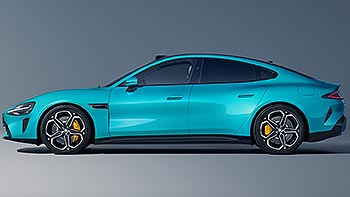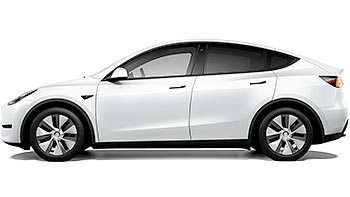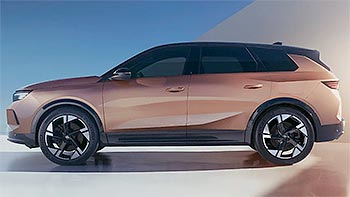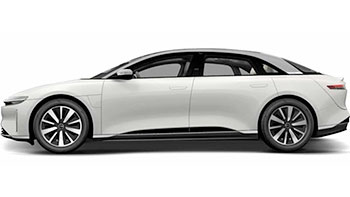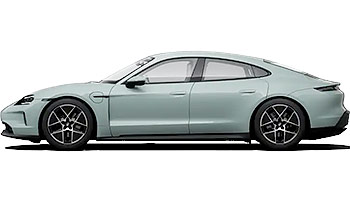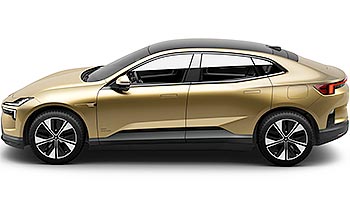Ford pivots as affordable EV takes priority over three-row SUV

Competition in the electric vehicle market is heating up, and Ford isn't taking any chances. Recognizing the potential threat posed by lower-priced models from Chinese manufacturers, the American auto giant has reportedly shifted its focus towards developing a $25,000 EV. This strategic move means delaying plans for a larger, three-row electric SUV.
Ford's pivot comes at a time when Chinese automakers like BYD are making progress in international markets with incredibly affordable electric cars. While these models aren't currently sold in the US, their aggressive pricing has sent ripples through the industry, prompting automakers to explore ways to offer more budget-friendly EVs.
 3-row electric Ford fans will have to wait
3-row electric Ford fans will have to wait
Ford CEO Jim Farley has been candid about his concerns regarding the disruptive potential of Chinese EV manufacturers. He emphasizes that if traditional automakers cannot offer competitive pricing, they risk losing significant market share. This sense of urgency has fueled Ford's efforts to create a new generation of cost-effective electric vehicles.
At the helm of this ambitious project is Alan Clarke, a seasoned engineer with a proven track record. Notably, Clarke played a key role in the engineering of the Tesla Model Y, the world's best-selling car. His experience in developing highly sought-after EVs is a valuable asset to this Ford project. Interestingly, Clarke's team is small, with less than 100 people, underscoring the focused nature of this initiative which is centered in Irvine, California.
This secret project, as CEO Jim Farley called it, aims to create a platform with lithium iron phosphate (LFP) batteries at its core. LFP batteries are significantly less expensive than their lithium-ion counterparts, a factor that can help drive down overall vehicle costs. The team's goal is to engineer a platform capable of underpinning various vehicle types, potentially including small cars, crossover SUVs, and even compact pickups.
 Will electric Puma make it to the US?
Will electric Puma make it to the US?
Ford's ambition to build a truly affordable EV underscores the potential shift in the industry as consumers increasingly demand cost-effective electric options. Although there's no word yet on when these cars will be seen on the roads, there's speculation that they may appear in limited forms as early as 2026. Ford's target is admirable – to make a profit on these EVs in their very first year on the market. Given Ford's projected EV-related losses this year, it's clear that component choices and efficient platform development will be paramount in achieving affordability and profitability.
Farley's emphasis on cost-efficiency and his acknowledgment of the need to compete with Tesla and Chinese automakers paint a clear picture. Ford is preparing for a new era in the automotive market, one where the affordability of electric vehicles will play a decisive role in determining which brands thrive.
Related
Reader comments
Nothing yet. Be the first to comment.












